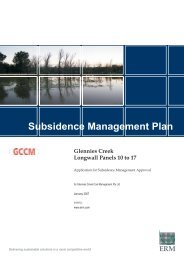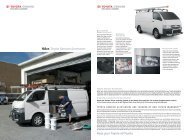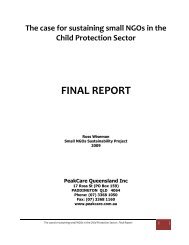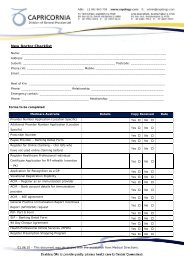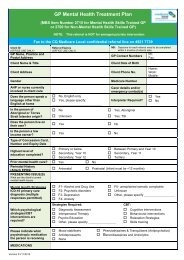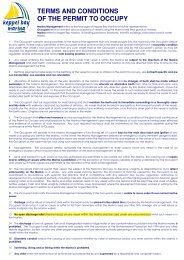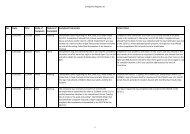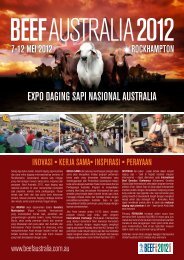Gladstone Residential found a house! - Quetools
Gladstone Residential found a house! - Quetools
Gladstone Residential found a house! - Quetools
You also want an ePaper? Increase the reach of your titles
YUMPU automatically turns print PDFs into web optimized ePapers that Google loves.
THE SECTOR IS SPEAKING<br />
FAMILIES IN REGIONAL, RURAL<br />
AND REMOTE AUSTRALIA<br />
Australia is one of the most urbanised countries in the<br />
world, with over two-thirds (69%) of the population<br />
living in major cities. It also has one of the lowest<br />
population densities outside of its major cities. Despite<br />
the vastness of Australia and the pro<strong>found</strong> impact that<br />
this has on the lives of the peoples living in rural and<br />
remote areas, relatively little is known about families<br />
living in these areas of Australia compared to those<br />
living in major cities.<br />
This Facts Sheet describes how the characteristics of<br />
families differ between the "city" and the "country" or<br />
"bush". While words such as these are used in<br />
everyday parlance, it is very difficult to identify exactly<br />
where the city ends and the country begins. One way<br />
of categorising regions is in terms of the road distance<br />
from services, and this is the standard method to<br />
define remoteness for statistical purposes in Australia.<br />
Most of the information in this Facts Sheet is provided<br />
for: major cities, and inner regional, outer regional,<br />
remote, and very remote regions<br />
Full Report available at:<br />
http://www.aifs.gov.au/institute/pubs/factssheets/<br />
2011/fs201103.pdf<br />
BREAKING CYCLES OF DISADVANTAGE<br />
EXECUTIVE SUMMARY<br />
This report presents the results of research conducted by the Australian Social<br />
Inclusion Board (the Board) into how people manage to break cycles of<br />
disadvantage. The research was conducted from March to November 2010<br />
in order to provide advice to the Australian Government about policy options to<br />
address cycles of disadvantage.<br />
The report presents findings from public submissions, stakeholder consultation<br />
workshops, desktop research and original qualitative research undertaken for<br />
the Board by TNS Social Research. This qualitative research included in-depth<br />
interviews with 56 people from disadvantaged backgrounds in order to<br />
understand the factors that led to multiple disadvantage over an extended<br />
period and those that assisted people to break out of a cycle of disadvantage.<br />
Full Report available at:<br />
http://www.socialinclusion.gov.au/Resources/Documents/Breakingcyclesofd<br />
isadvantage.pdf<br />
38



